Are you looking to get started with foundation paper piecing? We’ll show you how it’s done in this tutorial. Foundation paper piecing is simple, easy to understand, and the best part is you don’t have to spend a lot of time measuring and cutting out all your fabric before you can get sewing. This makes it an incredibly easy technique to piece your quilts and projects, even if you don’t have a lot of experience sewing.
If you’d like to download and make your own quilt block like the one we used in this tutorial, you can download and print it here: https://static1.squarespace.com/static/55e4e07ae4b0870543a32e52/t/5ea306a08e23492392552697/1587742369767/Foundation+Paper+Piecing+Spool+Block.pdf
Before you can even begin, there are a few supplies you’ll need. The first is the foundation paper piecing pattern itself. Foundation paper piecing patterns will be marked as such and will usually either come with the printed paper pieces or include a template that can be printed on regular paper from your own printer. We’ve included a link to the block we used in the link above.
Apart from the more general sewing supplies most sewers will have lying around, such as a rotary cutter, pins, and fabric scissors, you will also need an add-a-quarter ruler. These rulers are designed to add an extra quarter inch to a measured line to account for the seam allowance. They come in a few different lengths, but this 18 inch size ruler is a good length to fit most pattern pieces.
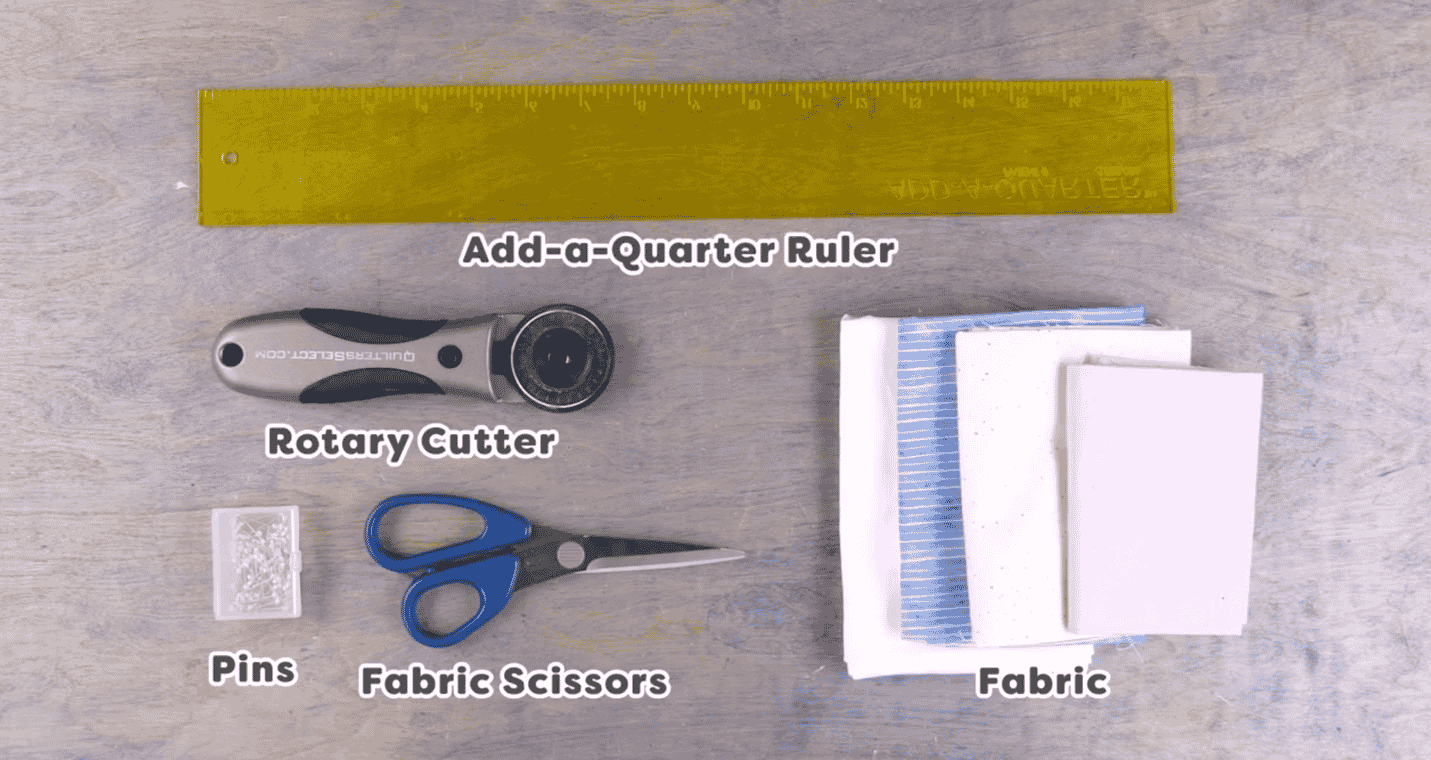
Cut out your block pieces roughly 1/8” away from the outermost line. With each block, fold along the lines separating each smaller individual piece in the block. These creases will create a helpful guideline on how large you should cut your fabric.

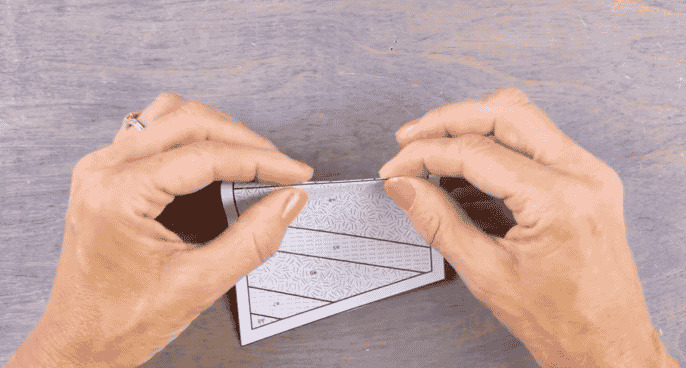
Each pattern printed on a pattern piece indicates a fabric colour. Some patterns will include a fabric guide with suggested colours showing what printed pattern should be which fabric colour. However, if you want to customize your own fabric colours, you can cut out a small square of each fabric and paste it over top. This makes it a lot easier to plan the colours in your project.
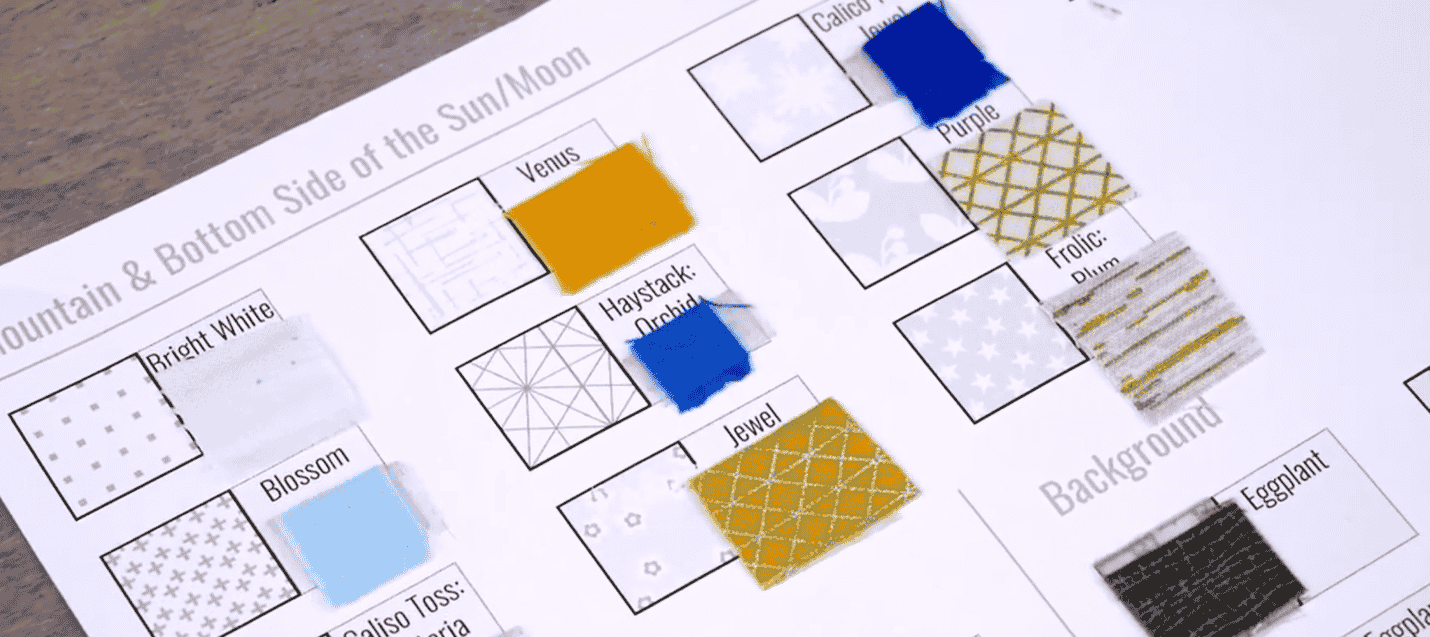
Begin with the first block in your pattern. In this case, block A. We’ve chosen this pink coloured fabric for the first piece of my block, piece A1. Pin the paper piece to the wrong side of your fabric and cut the fabric at least a half inch larger on each edge. I strongly recommend being safe and cutting a larger piece than you need rather than to try and cut as close as you think you can get away with. It will save you a lot of headaches and wasted fabric if you accidentally cut too closely.

Using your add-a-quarter ruler and a rotary blade, trim all around the piece following the creased edges. You should be left with a piece of fabric sticking a quarter of an inch out from the piece. Keep the pin in place.

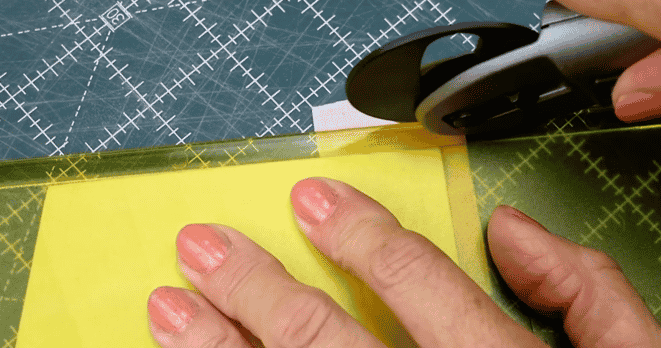
Prepare piece A2 the same way as A1 and trim with the add-a-quarter ruler. You should now have your first two pieces of the first block.
We strongly recommend using a finer weight thread to piece. We’ll be using this 80wt cottonized polyester called DecoBob™. It’s a very strong, but incredibly thin thread that can be used in the top and bobbin of the machine. Because the thread doesn’t take up as much space in the fabric, your piecing will lay visibly flatter. It makes a huge difference in foundation paper piecing, especially when you have smaller pieces or a lot of piecing in one area.
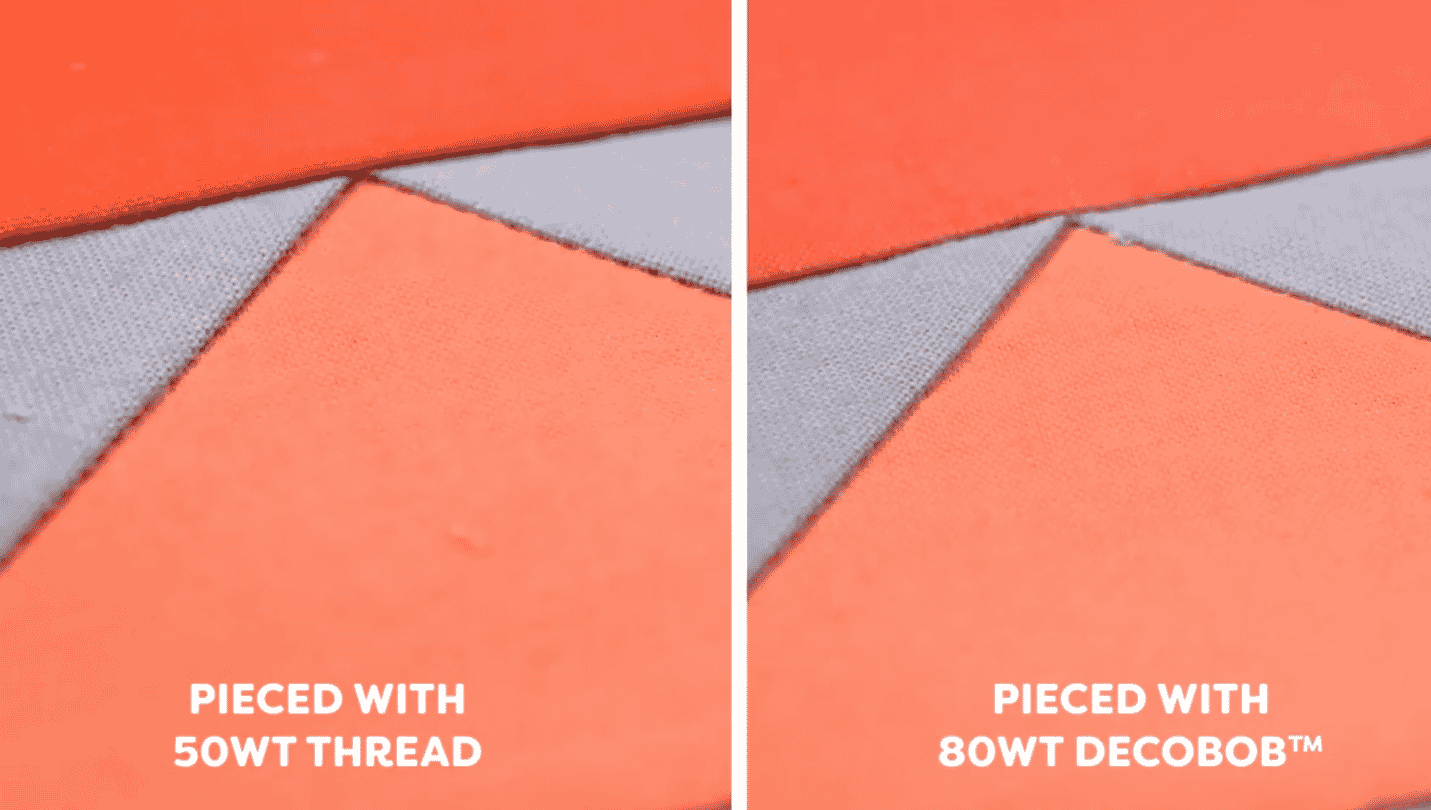
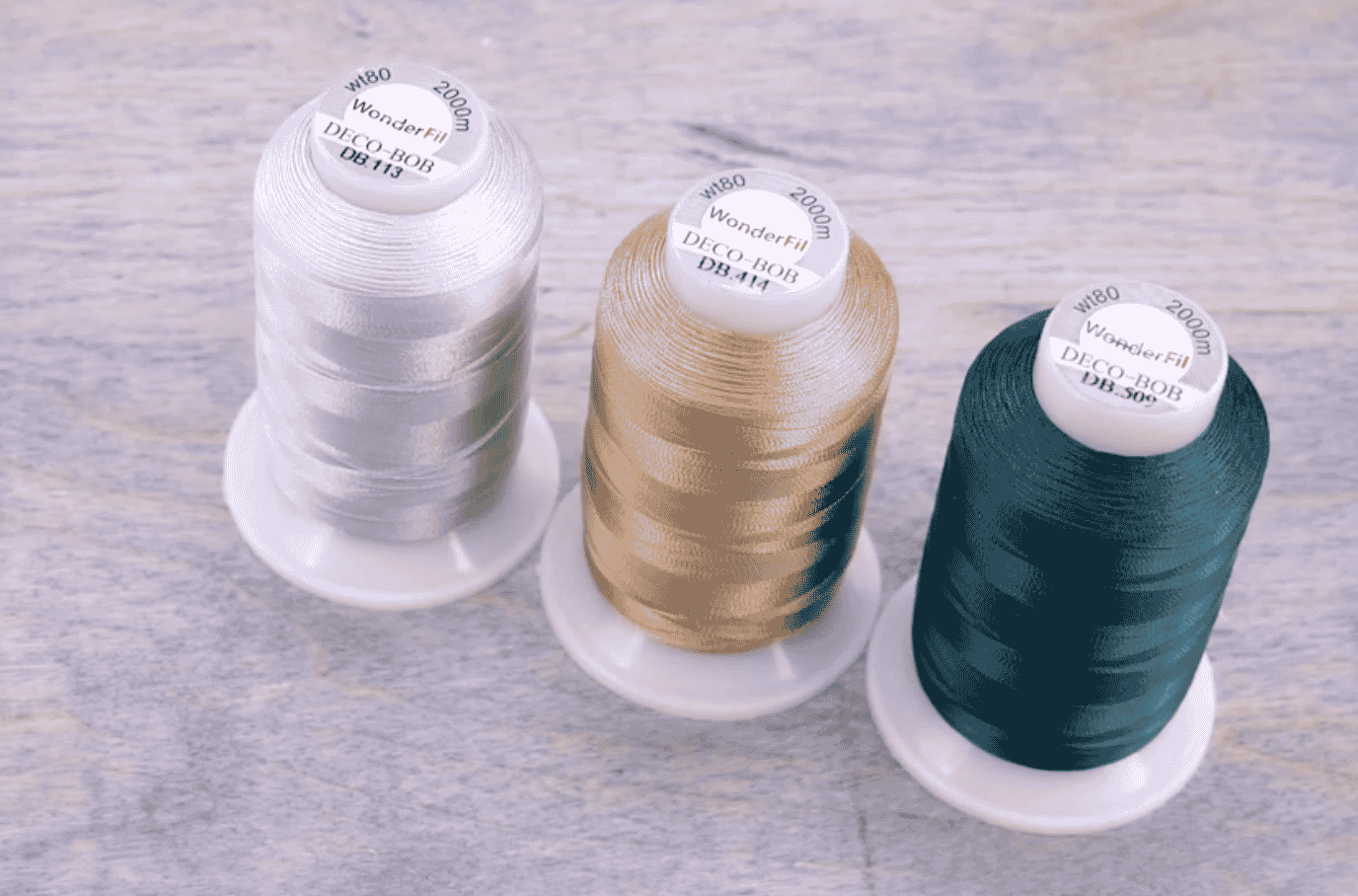
If you’re using this thread, we recommend decreasing your stitch length to 1.8. It will make it easier to tear the paper out later and ensure your piecing is more secure.
Find the correct edges the pieces will need to be sewn together on and pin them right sides together. You now can remove the first two pins so the pieces are laying flatter. Sew following the black line separating the pieces, making sure to back tack on the beginning and end for extra security.


Press open each seam after you sew it. You’ll continue these same steps for each piece: cutting the fabric to the size and shape, pinning, sewing, and trimming with the add-a-quarter ruler until each piece is complete and ready to be assembled into the final block.
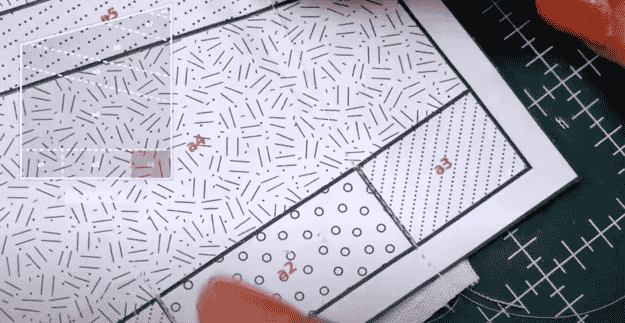

Before we continue to the sewing, I want to mention a step you’ll need to take if your fabric has a pattern that needs to travel in a certain direction. You’ll need to pin your piece more carefully. Refer to the direction the piece will be facing on your layout guide and place your paper piece to the wrong side of the fabric. You will need to pay attention to where the seam is as once you sew the pieces together and open it up, the fabric will rotate on that seam.
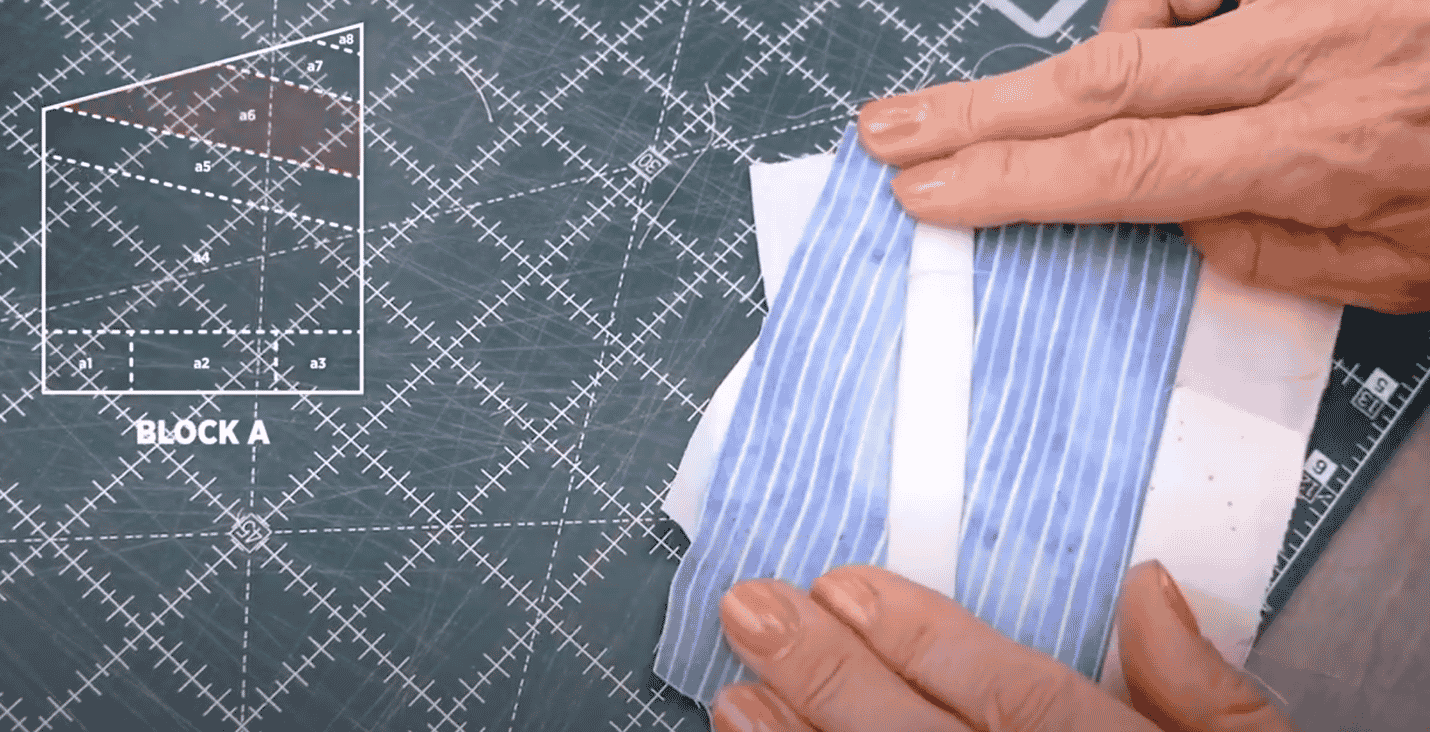
You will need to consider how to sew your pieces together. Always keep in mind that you will need to do it in order so that you will not end up with pieces jutting out in a way that another piece can’t be sewn on in a straight line. So, for example, to finish assembling this block, we will want to sew together pieces A and B together first. Then attach pieces C and D, and finally pieces F and E. Sewing pieces F and E first would make it impossible to attach pieces C and D.

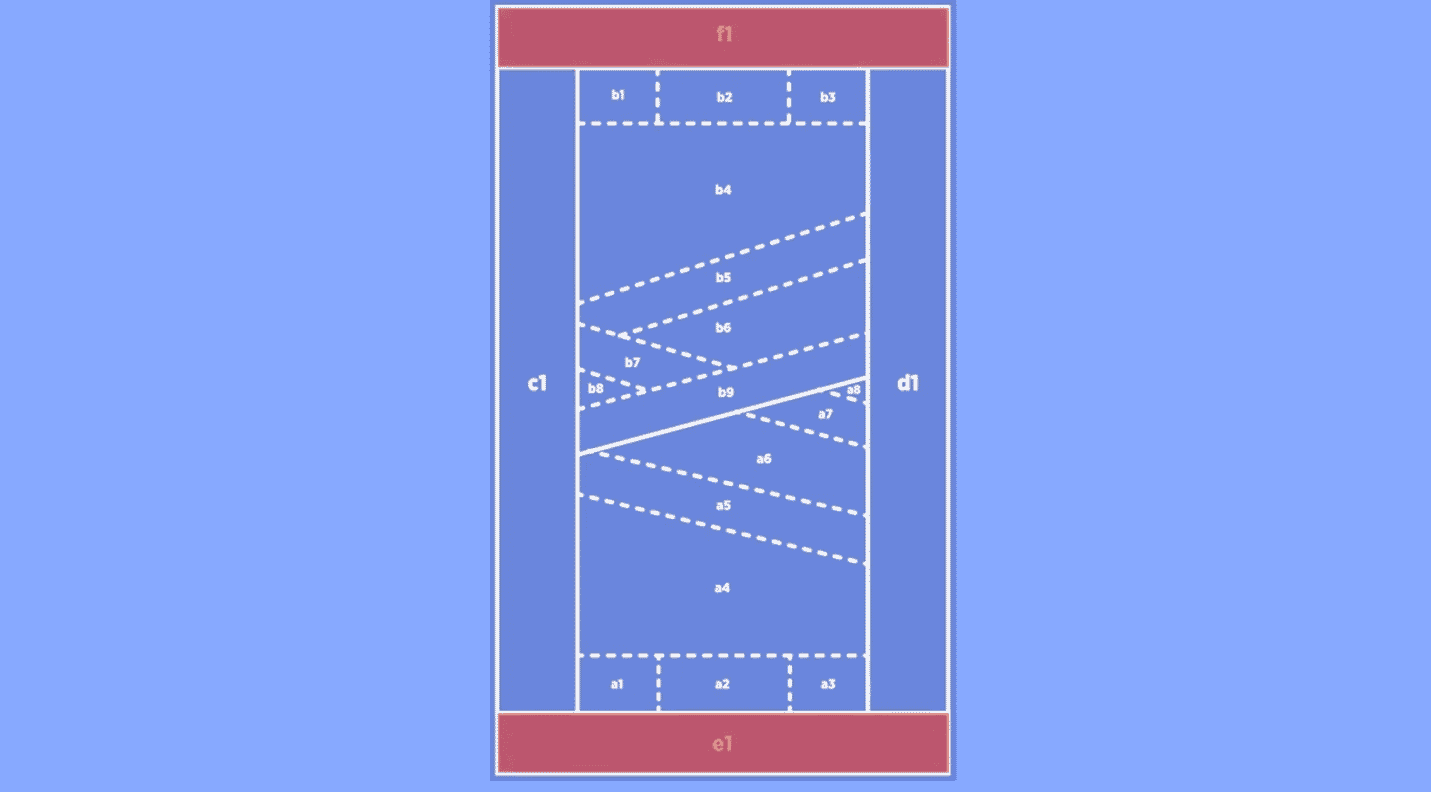
Lining up your final pattern pieces can be difficult. Here’s a trick make sure everything lines up perfectly. Take a pin and insert it in the corner of a pattern that needs to line up with a specific part on the other piece. Do this to the same matching corners on the other end of the pattern, if there is one. Now properly pin the pieces together with these corners held in place. Your pieces will match up perfectly each time.
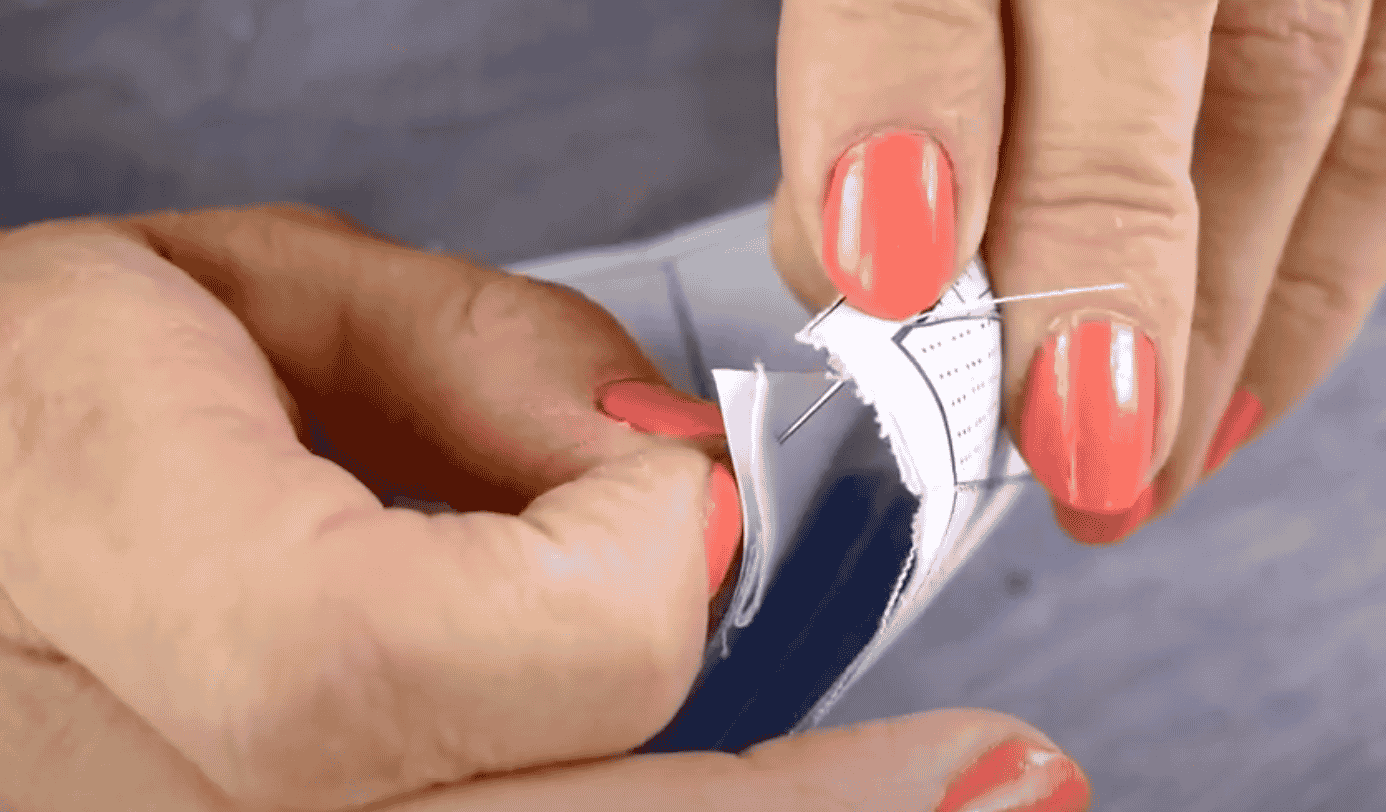
Like before, sew the pieces together following the indicated line. Once your block is fully assembled, you can trim along the outermost line with a regular ruler to finish your block.


